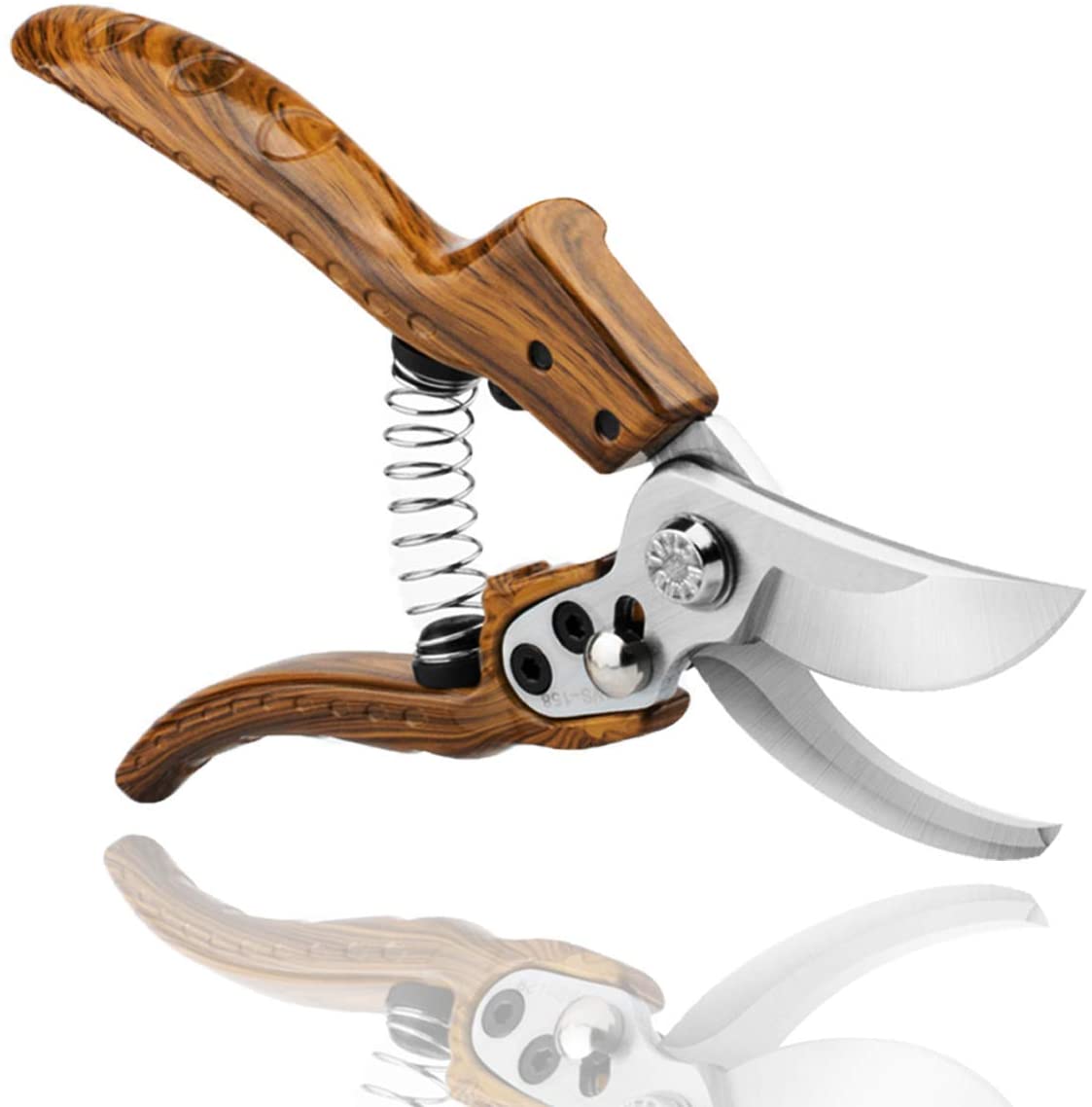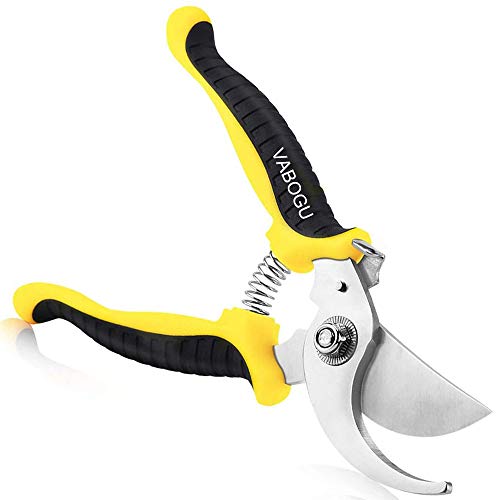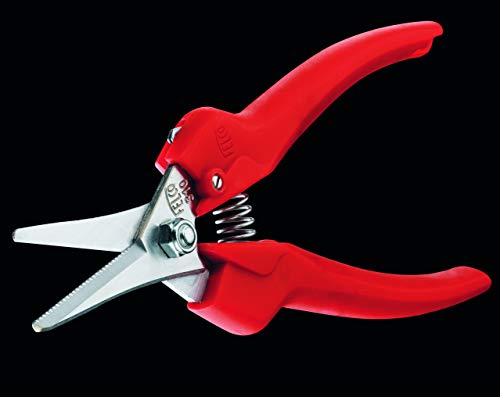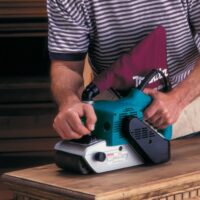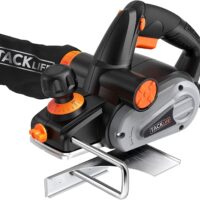Plants require trimming to promote growth, encourage flowering, and to control their expansion. Pruning shears are among the most useful tools for this purpose. They are thick, strong, and sharp enough to cut through moderately thick branches and leaves.
That is why pruning shears, without a doubt, are ideal for shaping hedges and shrubs, and for encouraging certain plants to produce fruits. With pruning shears, it becomes a lot easier to get what you want out of your gardening activities. As such, getting the right one is a must.
To help you with this, our team of gardening experts has sought the most excellent pruning shears in the market. They are specially selected due to their ergonomic designs, sharp edges, and durable materials. They offer excellent value for money and are perfect for your gardening needs.
After reading this in-depth review and you have found the best choice for you, be sure to click the buttons below to see their best deals on Amazon! With that, here are five of the best options that we rounded up especially for you.
Best Pruning Shears Comparison & Rating
Pruning Shears | Features |
1. Will's Sword Professional Sharp Pruners
This is a beautiful example of a pruning shear with its sleek and well-designed handle. The sharpness is off the scale and can easily sever stubborn branches, encroaching leaves, and buds that are not blooming. The edge retention is amazing, as well, with the blade remaining sharp even after more than 350 cuts. When wearing gloves, using this pruning shear will never be uncomfortable or painful. At 9.5 ounces, the tool itself is lightweight and won’t be difficult to use for prolonged periods of time.
2. Ronix Bypass Pruning Shears
This is an excellent pruning shear for the price. The blades cut clean and minimized the damage to plant tissue. The heavy-duty spring reduces strain on the hands and wrist. Due to the design of the blades themselves, it takes a long time for sap to gum up the mechanisms. It doesn’t put up a lot of resistance when squeezing the handles either. This makes it perfect for those with arthritis, weak hands and wrists, and the elderly.
3. Vabogu Garden Pruning Shears
This pruning shear comes with a reasonably tight and comfortable grip. Measuring at 7.5 inches, it’s a fairly standard cutting tool. It’s also fairly light at only 3.2 ounces, which makes it easy to use by elderly folks. The durability of the stainless steel blades has been assured through heat treatment and tempering, as well. With the excellent shock-absorbent spring, impacts from each cut do less damage to the tool. This allows it to function even after hundreds of cuts.
4. Mr. Pen Pruning Shears
This is a good pruning shear for smaller, more delicate plants and flowers. The handle provides a solid grip with considerable shock absorption properties. It’s comfortable to use for those suffering from arthritis or carpal tunnel syndrome. The blade can cleanly cut stems, small branches, and fruit stems. The blades are quite sharp and don’t require regular sharpening, either.
5. Felco F310 Pruning Shears
This is a fairly versatile example of a pruning shear. It’s primarily intended for flowers, shrubs, thin branches, and vegetable stems. However, it can still be used for hard branches of up to 1/8 inches. It provides an insane value for money, often lasting four or more years without needing to be sharpened. It can be used for houseplants to entire orchards without issue thanks to the ergonomic handles. You can also use the precision-cut blades for designing during flower arrangements.
Best Pruning Shears - Buyer's Guide
Pruning shears come in different designs, with the most common being bypass, anvil, and ratchet. Bypass pruning shears are two curved intersecting parts, with one being sharp the other being dull. Anvil is similar to bypass but with the dull part meeting the sharp blade instead of passing each other. Lastly, the ratchet type has a mechanism that clicks and moves to the next setting, providing an increasing pressure in each cut.
Pruning shears need to be extra sharp in order to provide clean, easy cuts. This is important because dull blades can brush branches, tips, and roots. This will then result in complications with the growth of the plant. In many cases, it could lead to the death of the branch or the entire plant itself.
You should have no trouble holding pruning shears, even for a long time. The handles should be ergonomically designed so that they fit comfortably in your hands. They should also provide you with a secure grip, either through non-slip materials or the appropriate grooves or ridges.
The blades and bodies of pruning shears should typically be made of stainless steel, but they can often be covered by plastic, nylon, foam, wood, and other such materials. Some of them are done for aesthetics while others are intended for comfort. You need to choose which ones go with your preference.
Unlike regular scissors, pruning shears will be commonly pitted against tough targets. They will have a lot of resistance to cutting and this can put plenty of stress on the pruning shears. You want pruning shears that won’t easily break, dull, or jam. Low-quality pruning shears can also often loosen, which can lead to rattling and unstable cuts.
Best Pruning Shears - FAQs
Pruning shears are typically used to remove excess plant parts like saplings, leaves, buds, and even some fruits. They are specially designed to make cutting, pruning, whittling, and snipping plants much easier. Pruning shears can also be used to produce certain shapes with decorative plants like bonsai.
One of the biggest concerns with regard to keeping pruning shears clean is rusting and jamming. The easiest way to make sure that you keep your pruning shears clean is by washing them with warm water, scrubbing them with soap, and then wiping them down dry. Keeping them in a clean, dry place would then ensure that they won’t rust.
It would depend on the size and toughness of the roots and branches. If they are still saplings, pruning shears shouldn't have any problems cutting through them. If they have already grown to a certain point and resistance, then you might need to resort to branch cutters. Generally speaking, pruning shears should be confined to smaller, younger plants.
It depends on the shape of the pruning shear. The typical ones with the crescent mouth will not be useful as regular scissors due to how uneven the contact points are. Pruning shears with straight edges and two intersecting blades, however, can be used as regular scissors. On that note, this should only be done when you don’t already have a scissor to use.

